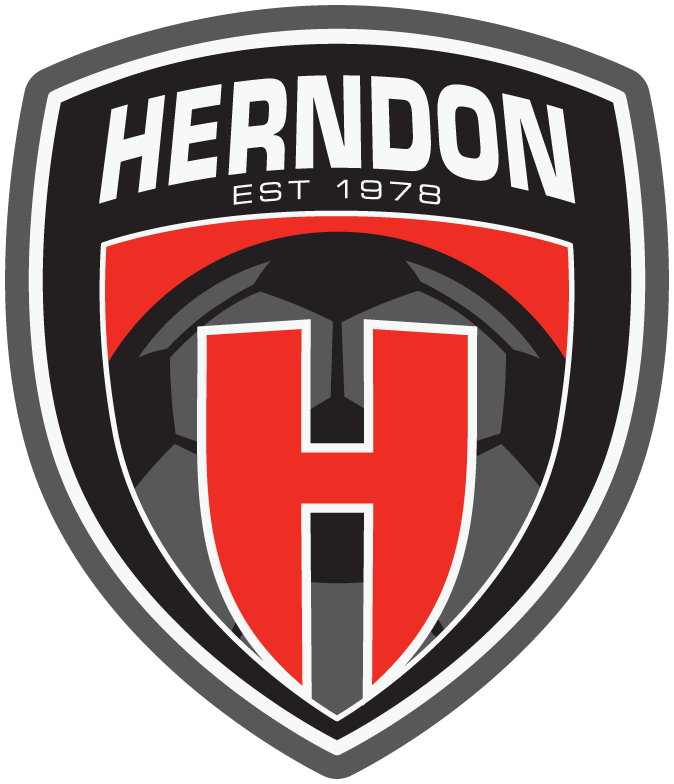College Pathway Resources
Recruiting Guides
College Soccer Levels
Finding the right fit as a student-athlete means understanding the levels of college soccer:
NCAA Division I
The highest level of competition with 300+ programs nationwide. DI athletes are usually top players, with rigorous schedules and limited time outside academics and soccer. Scholarships are available, though not all programs are fully funded.
NCAA Division II
Strong competition with slightly more balance between athletics and academics. DII programs often feature DI-level athletes but allow more flexibility. Scholarships are offered, though fewer than DI.
NCAA Division III
Known for academic rigor and athletic opportunity, DIII offers the most flexibility for athletes to pursue other interests. No athletic scholarships, but academic and need-based aid is common.
NAIA
Smaller, close-knit schools with competitive teams and well-rounded college experiences. Scholarships are available, with up to 12 per fully funded team, plus additional academic or need-based aid.
Junior College (NJCAA)
Two-year programs where athletes develop skills and academics before moving to a four-year school. Many NJCAA players go on to DI and DII programs. Scholarships are available, with up to 18 per team.
Recruiting Tips
Tips to Get Recruited
Most college athletes earn their opportunities by actively seeking exposure. Here’s how:
Ways to Gain Exposure
- Play in college showcases — but contact schools first and share your schedule.
- Attend combines or ID camps with multiple college coaches.
- Join college-run ID camps and summer camps at schools you’re interested in.
- Create highlight videos and a strong player profile.
What to Consider
- Fit matters — make sure the program and coach align with your goals.
- Start early — reach out to coaches as a freshman; they may not reply yet, but it shows initiative.
- Personalize communication — avoid generic emails, show maturity and independence.
- Strong video clips — highlight not just goals, but smart movement, decision-making, and anticipation.
Beyond Soccer
- Location: Choose a place you’ll thrive for 4+ years.
- Cost: Scholarships are limited — plan realistically.
- Education: Make sure the school matches your academic and career goals.
Recruitment Timeline
Recruitment Timeline & To-Do List
Freshman Year (9th Grade)
- Coaches cannot contact you yet (only questionnaires/camp info).
- Focus on academics: review NCAA core course requirements, meet with counselor, create a 4-year academic plan.
- Track academic and athletic achievements.
- Visit campuses, attend ID or summer camps, and start a broad list of potential schools.
Sophomore Year (10th Grade)
- Coaches still cannot contact you until Sept. 1 of junior year.
- Register with the NCAA Eligibility Center; take the PSAT.
- Keep updating achievements and your college list.
- Attend showcases, ID camps, and email coaches your info (they can’t respond yet).
- Continue campus visits.
Junior Year (11th Grade)
- Coaches can now call, text, and email (starting Sept. 1).
- Send transcripts and test scores to the NCAA Eligibility Center.
- Register for SAT/ACT; attend camps and fairs.
- Refine your college list, update coaches regularly with profile and schedule.
- Build a financial plan for college.
Senior Year (12th Grade)
- Stay on track academically, retake SAT/ACT if needed.
- Schedule up to 5 official visits.
- Complete applications, FAFSA, and NCAA Final Amateurism Certification.
- Send final transcripts and proof of graduation to the NCAA.
Recruiting Rules
College Recruiting Rules
NCAA Division I
- Anytime: Athletes may receive questionnaires, camp brochures, and NCAA materials.
- June 15 after sophomore year: Coaches may call, email, text, or send recruiting materials; verbal scholarship offers allowed.
- August 1 before junior year: Athletes may take official visits; coaches may conduct off-campus contact and meet during unofficial visits.
NCAA Division II
- Anytime: Athletes may receive camp brochures, questionnaires, and NCAA materials.
- June 15 after sophomore year: Coaches may call, email, and meet off-campus; official visits may begin.
- July 15 after sophomore year: Coaches may send printed recruiting materials.
- Unofficial visits: Allowed at any time.
NCAA Division III
- Most relaxed rules of all divisions.
- Anytime: Coaches may send recruiting materials, call, and communicate digitally.
- After sophomore year: Coaches may meet off-campus.
- Official visits: Allowed starting January 1 of junior year.
- Unofficial visits: Unlimited at any time.
Parent's Role
Parent’s Role
When meeting with coaches, let your athlete take the lead — coaches want to hear directly from the player. Step in only when financials, housing, or family matters are discussed. Remember: coaches are recruiting the student-athlete, not the parents, but they are also observing how much independence the player shows.
Tip: If you have questions, prepare them with your athlete ahead of time so they can ask during the visit. This shows initiative and maturity while still getting the answers you need.
Article Links


